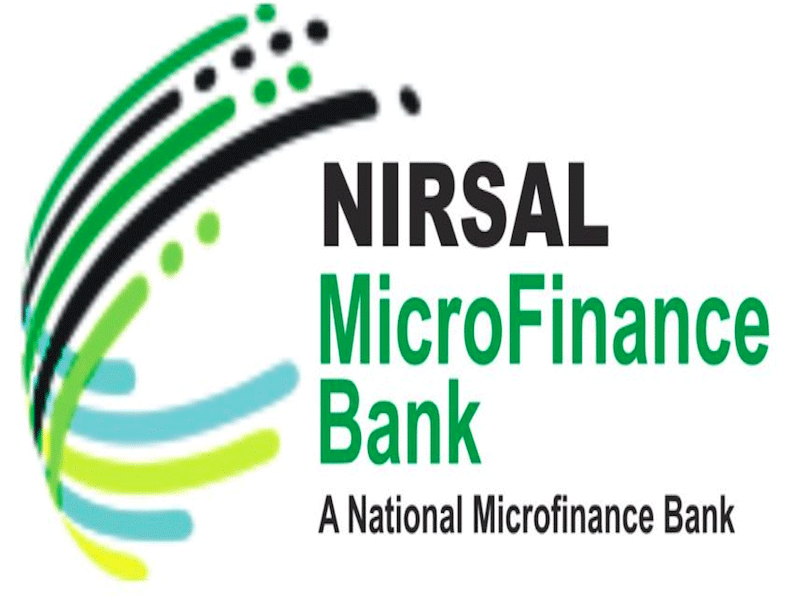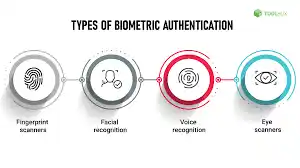Writing About Complex Tech Topics: How to Make Them Understandable

Conveying complex concepts to a broader audience is a challenge many writers face.
Whether you’re a tech blogger, a journalist, or a content creator, the art of translating intricate tech subjects into understandable content is a valuable skill.
By following a few key principles, you can bridge the gap between technical jargon and your readers’ comprehension.
How to Write About Complex Tech Topics
1. Know Your Audience
Understanding your audience is the foundation of effective communication.
Determine the level of technical knowledge your readers possess. Tailor your content to their expertise – whether they’re beginners, enthusiasts, or experts.
Use language that resonates with your target demographic and aligns with their familiarity with the topic.
2. Break Down Concepts
Complex tech topics can be overwhelming. Break them into smaller, manageable pieces. Start with a simple introduction that sets the context and gradually delve deeper into the subject matter.
Use analogies, metaphors, and real-world examples to illustrate complex ideas. This allows readers to grasp the essence of the topic without feeling lost.
3. Clear and Concise Language
Avoid convoluted language or excessive technical jargon. Instead, opt for clear, concise, and straightforward language.
If technical terms are necessary, provide clear explanations or definitions. Strive for simplicity without oversimplifying; your goal is to demystify, not dumb down.
4. Visual Aids and Multimedia
Visual aids, such as diagrams, charts, and infographics, can significantly enhance understanding.
Visual representation of intricate concepts can clarify the subject matter and make it more relatable.
Incorporating multimedia elements like videos or animations can also engage readers and reinforce their comprehension.
5. Storytelling Approach
Integrate a storytelling approach into your content. Present real-life scenarios that demonstrate the relevance of the topic.
Stories engage readers on an emotional level and make the information memorable. A compelling narrative can draw readers in, even if the subject matter is complex.
6. Address Common Concerns
Incorporate a section that addresses common misconceptions or concerns readers might have about the topic.
This shows that you anticipate their questions and can help dispel any confusion up front.
7. Offer Further Resources
Provide links to additional resources for readers who want to explore the topic further. This could include references to relevant books, articles, online courses, or video tutorials.
Offering these resources empowers readers to delve deeper into the subject matter at their own pace.
8. Iterate and Seek Feedback
After publishing your content, pay attention to reader feedback. Use their input to refine your approach for future articles. If readers highlight areas of confusion, use this feedback to improve your explanations and make your content even more understandable.
FAQs
How do I determine the appropriate level of technical detail for my audience?
Assess your target audience’s familiarity with the topic. Tailor your content’s technical depth based on whether they are beginners, enthusiasts, or experts in the field.
Can I use technical terms in my content?
Yes, but always provide clear explanations or definitions for any technical terms you use. This ensures that readers can understand the context without feeling overwhelmed.
What role do visuals play in simplifying complex tech topics?
Visual aids like diagrams, charts, and infographics can simplify complex concepts by providing visual representations. They help clarify ideas and make the content more engaging and relatable.
How can I make my content more engaging while discussing intricate details?
Incorporate a storytelling approach to your content. Share real-life scenarios that showcase the relevance of the topic. This approach engages readers emotionally and makes the information memorable.
Also Read: Tech Reviews that Matter: A Guide to Writing Honest and Impactful Reviews





